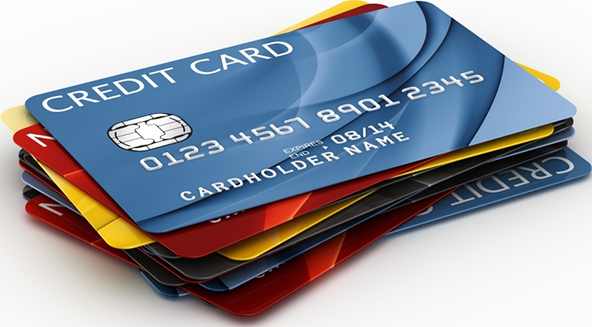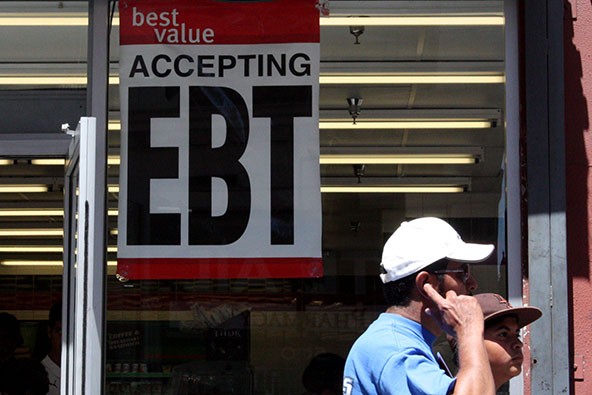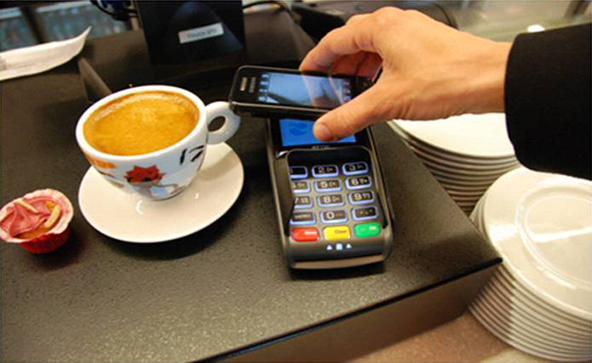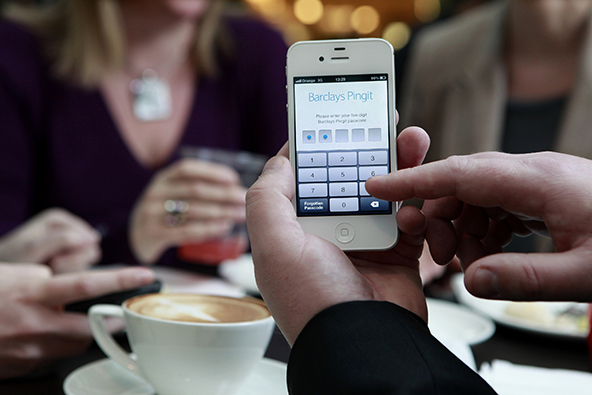Credit or Debit: What’s the Difference?

I’ve been looking for an excuse to write about the difference between credit and debit cards for a long time and a new card launch is giving me the perfect one. I really needed some kind of a pretext, as I just couldn’t shake off a vague feeling of guilt for wasting time writing about something that, in spite of all evidence to the contrary, seemed to me to be quite obvious.
Let’s start with the news.
Fifth Third Bank Launches Combined Credit and Debit Card
Fifth Third Bank is introducing a new MasterCard-branded card that will combine its users’ credit and debit card accounts. The Duo Card, as the new product is called, will be the first of its kind in the U.S., the bank claims.
Here is how Fifth Third is telling us its new card will work:
With the Duo Card, customers can choose to make purchases using either a line of credit or funds available in their checking account. To draw funds from their checking account, cardholders would simply select the debit option at the point of sale and enter their PIN, or they can withdraw money from their checking account at an ATM.
To draw funds against a line of credit — like a traditional credit card — consumers need only select the credit option at the point of sale and sign to complete the transaction.
It is not quite clear how signature-based debit functions. Fifth Third:
Unlike traditional debit cards, the Duo Card’s signature transactions are not directly tied to the customer’s checking account, so no cash is in jeopardy should the card be stolen or compromised.
I really don’t know what to make of that. If the signature-based debit payments are not directly tied to the user’s checking account, what are they tied to? The transaction amount must be credited to the payee’s account and someone else’s account must be debited for the same amount. Moreover, Fifth Third’s website unequivocally tells us that PIN transactions are debit, while non-PIN transactions are credit, leaving no room for signature debit.
This brings me to the debit / credit confusion that I’ve been reluctant to write about.
How Is Debit Different from Credit?
The first time I heard someone mention in passing that when she used her debit card in a signature type of a purchase transaction, she was in fact using her “debit card as a credit card,” I simply dismissed her as financially uneducated. But when a friend of mine, who is very much financially sophisticated, said the same thing, I knew that the issue had less to do with financial literacy than I had initially thought. When I began paying closer attention, I realized that the confusion was quite widespread.
The Duo Card announcement and the information available on Fifth Third’s website, if anything, add to the confusion.
So let me bring some order into the discussion and define the difference between a debit and a credit card. When using a credit card, you are spending money that is lent to you by the card issuer. When using a debit card, whether in a PIN or a signature transaction, you are spending your own money that is held into the checking account to which your debit card is tied. Simple as that. The fact that you are signing a receipt when making a payment with your debit card, instead of entering a PIN, does not make it a credit card.
The Takeaway
Naturally, this article will be read by millions and the debit / credit confusion will get even deeper be cleared up once and for all. Still, it wouldn’t hurt if banks tried to help, rather than add to it.
That said, I really like the idea behind the Duo Card and hope that other banks will follow suit, so that we won’t have to keep carrying more plastic than we need to.
Image credit: Ganaapuestasonline.com.


